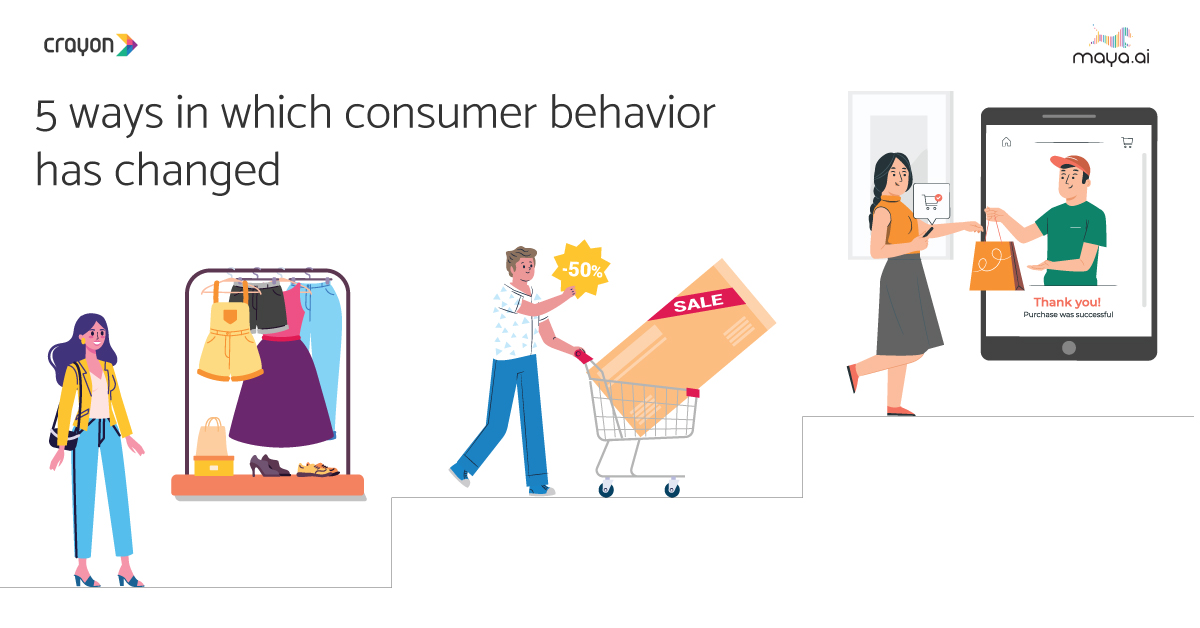Over the last decade, no trend in computing has generated more buzz than “Big Data”.
Computer makers, software companies, and IT experts frequently announce that it’s changing everything. Your company is told it needs to incorporate big data or get left behind.When you explore the potential and contact vendors, it’s confusing to understand what big data is and how it integrates into the company.
A lot of advertising is vague, promising to refine data management without explaining how it’s done.
Once big data processes are installed, information assets become more and more critical. At the same time, they consume more and more resources. Before long, there’s a point where the cost of resources will offset data processing gains. Some of the best methods for walking this tightwire include fast data and cloud management.
What Is Big Data?
The term “Big Data” refers to a concept for processing large amounts of stored information.
The idea is that every piece of information a company can harvest from internal workflows, customer data, and marketing research is useful.
When data of various types is cross-referenced, new insights come out of that process.
For instance, customer addresses, dates of purchase, and brand preference can reveal how different regions compare in preferences and buying habits. Comparisons like this produce high value, customer-centered information that becomes a force multiplier. Now you’re creating marketing and customer relations targets that are very specific.
source: Statista
Systems such as AI and connected devices on the manufacturing line, in the marketing department, and at corporate offices can use this data to tailor the customer experience and drive product development.
The main problem with big data is that because systems gather so much information from so many channels, it takes lots of storage.
Queries to the database take longer to finish because there’s more to sort through.
Standard practice is to run hourly or daily batches of data sorting and queries, then apply the findings to company processes. It takes time (money) to apply results from this process to other company processes.
What is Fast Data?
The biggest problem with big data is how big it can get.
Recent technology advances have added tremendous data-gathering abilities to the system. The Internet of Things (IoT) is growing exponentially, with 50 billion connected devices projected by 2022.
Faster and faster network speeds contribute to the pace at which the data piles up.
The approaching 5G standard will only add to the load.
If only the speed of processing can be improved, these embedded systems can respond much faster to requests for information. That would result in timelier responses to consumer needs or requests for changes by corporate departments.
The company itself becomes far more agile, improving its capabilities to respond to threats from competition, economic swings, and changing demand.
This is where fast data provides a solution to the big data problem.
Big data is too big to use standard relational databases and spreadsheets for analysis. Fast data works around this issue by analyzing data in real-time as it streams into storage.
How much data does a company need to store?
Other than legal requirements, much of the information gathered on buying habits and consumer preferences is unnecessary once it’s been processed. Once established, the relationships between these sets of data can themselves be stored, and the raw data doesn’t need to be kept anymore. This frees up resources and lowers the cost of maintaining a robust big data process.
From Big Data to Fast Data
This discussion isn’t about replacing big data systems with fast data systems. The two concepts work together.
Think about the sheer amount of data gathered in virtually no time at all by systems like financial institutions, traffic management systems, research networks, and weather scientists.
Solutions such as cloud computing have solved many of the storage and management issues related to big data processes.
Now those same systems can analyze client preferences or website habits and automatically respond with rapid, decisive action as that event occurs. Computing power has been increasing at a mind-blowing pace, providing a solution to the time factor involved in processing big data.
Fast data brings whole new capabilities to enterprise response time.
Systems that use AI to process streaming data can respond in real-time now to prevent bank fraud, for instance, when it used to take days or even weeks to spot the signs. This capability is a game-changer like few other recent advances. Meteorologists can spot dangerous weather events like tornadoes and give ample warning time for residents.
The purpose of fast data is to provide solutions and improve capabilities to make use of big data, not to replace big data.
In a nutshell, fast data makes big data more usable in the real-time business environment. Businesses that recognize the capabilities offered by fast data will have a competitive advantage over those in their industries that don’t.
But fast data isn’t the perfect solution for every business.
For one thing, it can be expensive to provide the IT knowledge to install, maintain, and operate such a system. Software and hardware will both require significant investments in labor and purchasing costs. Companies that don’t need to respond quickly or in real-time, or that don’t already have significant big data processes in place may not find these investments worth the cost.
Shifting Data Processing Emphasis
The best way to think of these concepts is to visualize big data as deep thinking, while fast data can be considered as decisive action.
While both are necessary, each operates differently on the same sets of data.
Cloud storage of big data provides raw data to mix and match for insights. Fast data analyzes that data as it comes in before it goes up to the cloud and triggers actions related to those insights. It’s the best of both worlds.
Vast amounts of decision-making information are available in storage, and it can be analyzed to create real-time decisions that improve the bottom line.



















